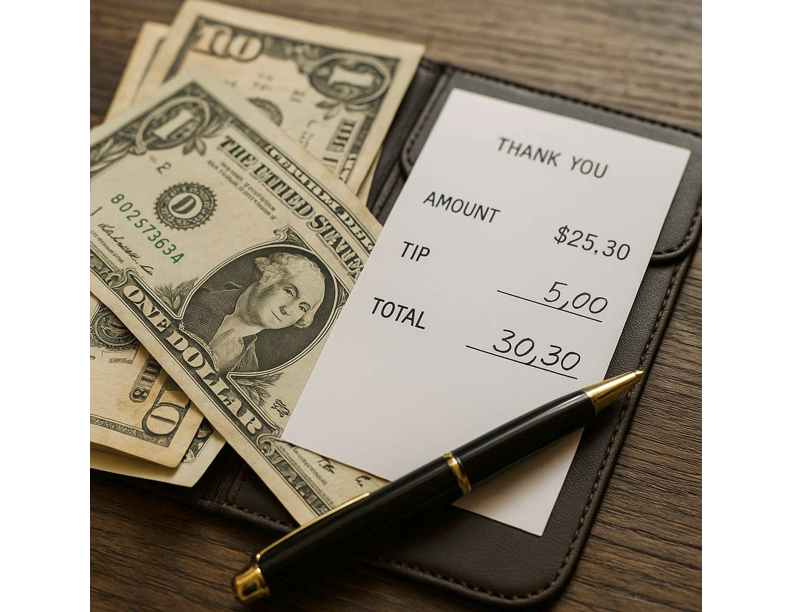Tipping in the United States can feel like navigating a maze—especially if you're visiting from a country where it’s not the norm. But it’s more than just custom here; it’s built into how many people make a living. Here's a clear, no-nonsense look at tipping in the U.S.—who to tip, how much, and why it matters.
Why Tipping Is a Big Deal in the U.S.
Unlike in many countries, service workers in the U.S. often rely on tips just to reach minimum wage. The federal tipped minimum wage is $2.13 an hour (yes, seriously), under the assumption that tips will make up the rest. While some states have higher standards, many still follow this outdated rule.
That means your tip isn’t just a thank-you—it’s a core part of someone’s paycheck.
How Much to Tip (Without Overthinking It)
Here's a quick cheat sheet for standard tipping in the U.S.:
-
Restaurants (table service): 18–20% of the total bill (before tax). Go higher for exceptional service.
-
Counter service (coffee shops, takeout): Optional. A dollar or two in the jar is a nice gesture but not expected.
-
Bartenders: $1–2 per drink or 15–20% of the tab.
-
Delivery drivers: 15–20%, with a minimum of $3–$5 depending on distance and weather.
-
Taxis/Rideshares: 15–20%, depending on service.
-
Hotel housekeeping: $2–5 per day, left with a note.
-
Hairdressers/barbers: 15–20%.
-
Valet parking: $2–5 when your car is returned.
When in Doubt, Round Up
If you’re unsure, aim for 20%. It’s a safe bet in most service situations and shows respect for the work being done. If the service is terrible, you can scale back—but don’t stiff someone unless it’s truly warranted.
What About That Tip Jar?
Tip jars at cafes, bakeries, and food trucks are everywhere now. You’re not required to drop money in every time. If someone went above and beyond, or if it’s your regular spot, a dollar or some change is a good gesture. But don't feel guilted into it for simply picking up a muffin.
The Digital Dilemma: Those iPad Prompts
You’ve seen it: the iPad flips around and suddenly you're asked to tip 15%, 20%, or more—for a coffee. This is where tipping culture has gotten blurry. While you’re never obligated to tip for minimal interaction, many people still do out of habit or social pressure. Use your judgment.
Final Thoughts: Tip Like a Local, Think Like a Human
Tipping in the U.S. is more than a social nicety—it’s part of the economic structure. Until that changes, being informed and fair about tipping is the decent thing to do. Think of it as a way to directly support the people doing the hard, often underpaid, work that keeps your day moving smoothly.
So next time you’re out, tip with confidence—and tip with purpose.

